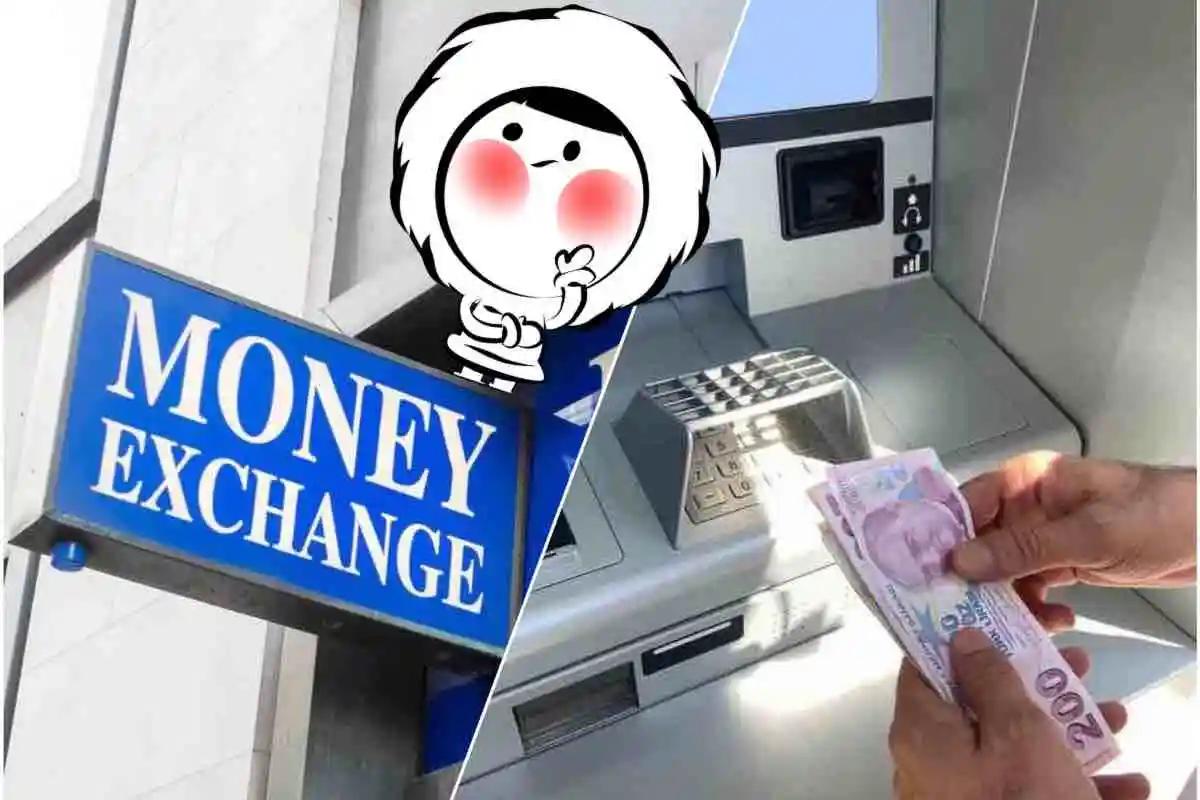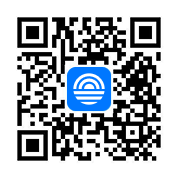
Is It Better to Exchange Money or Use ATM During Travel?
Is It Better to Exchange Money or Use ATM During Travel?
When managing money abroad, withdrawing cash from ATMs typically offers better exchange rates than currency exchange services. However, each method has its nuances.
ATM Withdrawals: Pros and Cons
Advantages:
- Favorable Exchange Rates: ATMs often provide rates close to the interbank rate, which is more competitive than those at currency exchange counters.
- Convenience: Accessing cash directly in the local currency upon arrival is straightforward.
Disadvantages:
- Fees: Some banks charge foreign transaction fees or ATM usage fees. It's advisable to check with your bank beforehand.
- Dynamic Currency Conversion (DCC): When prompted, always choose to be charged in the local currency to avoid unfavorable exchange rates.
Currency Exchange Services: Pros and Cons
Advantages:
- Immediate Cash: Having local currency on hand upon arrival can be useful for immediate expenses.
Disadvantages:
- Less Competitive Rates: Exchange services, especially at airports, often offer less favorable rates and may charge commissions.
Tips for Minimizing Costs
Check exchange rates daily: Use apps like XE or OANDA to monitor current rates. This helps you identify favorable times to exchange or withdraw money.
Choose the right ATM: Opt for ATMs affiliated with major banks to reduce the risk of additional fees. Avoid standalone machines in tourist areas, as they often have higher fees.
Limit withdrawals: Making fewer, larger withdrawals can help minimize cumulative fees. However, balance this with safety considerations of carrying large amounts of cash.
Be cautious with Dynamic Currency Conversion (DCC): When prompted, always choose to be charged in the local currency to avoid unfavorable exchange rates.
Accessing online tools and banking apps requires a reliable internet connection. Eskimo eSIM provides a convenient solution, offering data plans valid for two years, instant data transfer, and compatibility across multiple regions. New users can get started with a free 500MB global data plan.
Eskimo now offers Unlimited Data Plans designed for travellers who need consistent internet access throughout the day. This setup is ideal for tasks like checking live currency exchange rates, comparing ATM fees, using maps, or staying connected with friends and family.
FAQs
Which type of card can be used in most countries?
Visa and Mastercard are the most widely accepted card networks globally. For international travel, specialist travel credit or debit cards that waive foreign transaction fees and offer competitive exchange rates are ideal. Cards like Barclaycard Rewards, Halifax Clarity, Monzo, and Starling Bank are popular choices among UK travellers.
When do exchange rates usually drop?
Exchange rates fluctuate continuously due to various factors, including economic indicators, geopolitical events, and market sentiment. For instance, the U.S. dollar may weaken due to rising debt levels, tariff policies, or expectations of interest rate cuts . It's advisable to monitor currency trends regularly to identify favorable exchange opportunities.
When is the best time in advance before travel to exchange currency?
It's recommended to start monitoring exchange rates 1–2 weeks before your trip. This timeframe allows you to take advantage of favorable rates and avoid the typically poor rates offered at airport exchange counters.
Is it better to exchange currency in my home country or the country I'm going to?
Generally, exchanging currency in your destination country can offer better rates, especially if you use local banks or ATMs. However, for certain destinations or less commonly traded currencies, you might get better rates by exchanging in your home country. It's essential to research and compare rates before making a decision.
Are there ATMs that don't charge fees?
Some banks have partnerships that allow fee-free withdrawals abroad. It's best to check with your bank about any such arrangements.

















